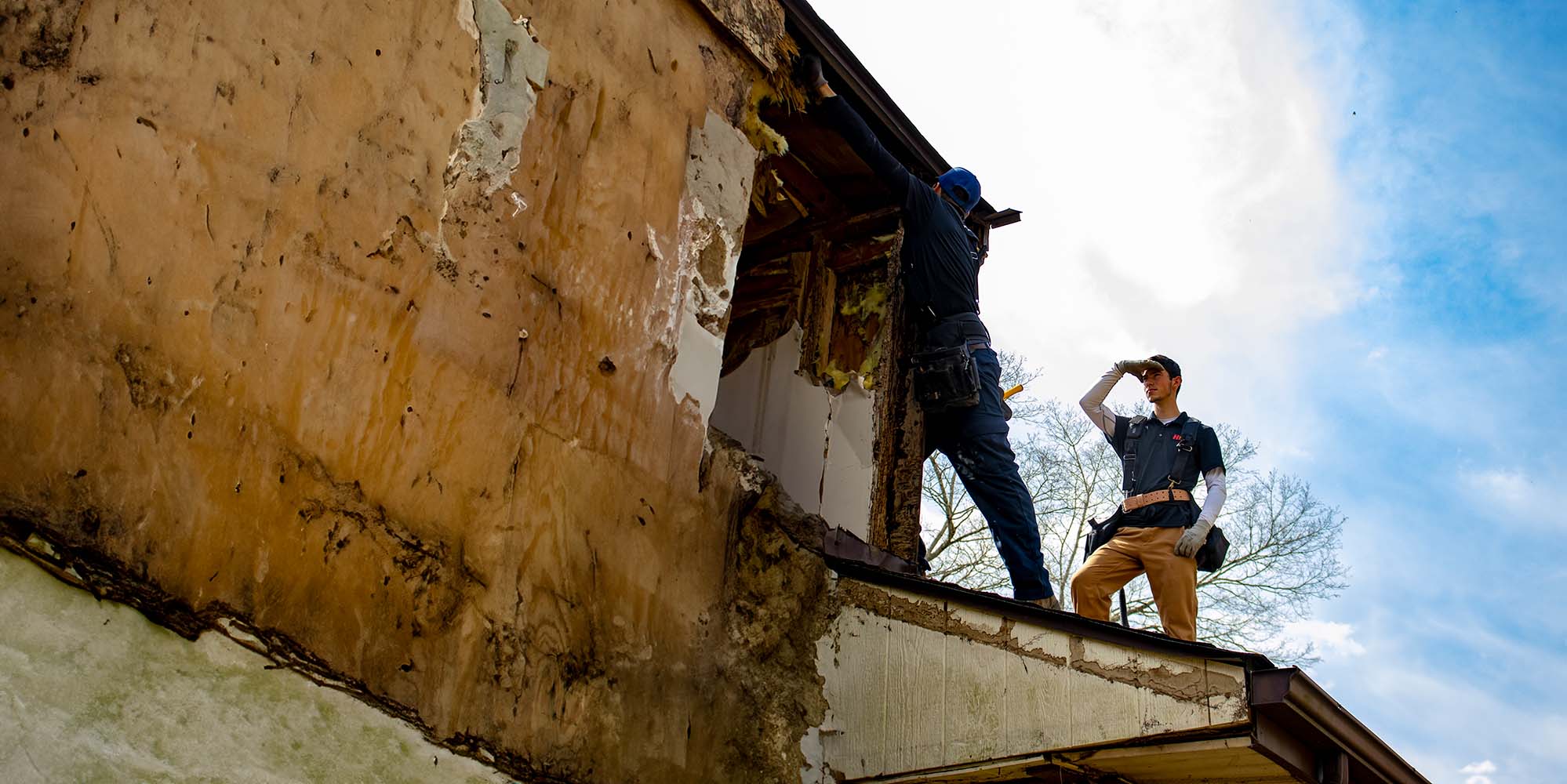

Infrared Scanners
Your trusted partner for professional home services. Quality workmanship, guaranteed satisfaction.




- HEP
- Infrared Scanners
Infrared Scanners | Storm Damage Restoration | Roofing | Kingsport
When thunderheads roll over Kingsport, cracked shingles and soaked decking aren’t always obvious from the street. HEP’s infrared scanners roofing technology cuts through the guesswork, revealing trapped moisture and heat signatures that ordinary inspections miss. Our certified team tracks every unseen leak so your insurance claim and storm damage restoration plan are based on hard data, not hunches.
From the first thermal image to the final nail, you’ll know exactly where your roof stands and what it needs. We document findings in easy-to-read reports, fast-track repairs, and back the work with warranties that weather the next round of Appalachian storms. Call HEP today and see why Kingsport homeowners trust our high-tech approach for swift, stress-free results.
FAQs
What is infrared roof scanning and how does it help after a storm?
Infrared roof scanning uses a thermal-imaging camera to detect temperature differences on the roof surface. After hail, high winds, or driving rain, moisture often seeps under shingles or membrane layers. Wet insulation retains heat longer than dry areas, so it appears as warmer (or cooler, depending on the time of day) spots in the thermal image. By mapping these anomalies, we can locate hidden leaks, trapped moisture, and damaged sections without removing any materials, allowing for targeted, cost-effective storm damage repairs.
Why is infrared scanning important for detecting hidden storm damage in Kingsport roofs?
Kingsport’s mix of hot summers, cold winters, and frequent severe thunderstorms stresses roofing systems. Hail impacts, wind-driven rain, and flying debris frequently create micro-cracks and punctures that are invisible from the ground. Infrared technology looks beneath the surface, revealing moisture intrusion before it manifests as stains, mold, or structural decay. Early detection protects your home’s interior, preserves insulation R-value, and prevents small storm-related issues from escalating into full roof replacements.
When should I schedule an infrared roof inspection following hail, wind, or heavy rain?
Ideally, book an infrared scan within 24-72 hours of a significant storm. Moisture signatures are easiest to detect soon after water infiltrates but before it evaporates or spreads. Scanning at dusk or dawn—when the roof is cooling or warming—provides the sharpest thermal contrast. If you notice missing shingles, granule loss, or water spots inside the attic, arrange a scan immediately, even if the storm occurred weeks ago.
Will an infrared scan damage my roofing materials or void my warranty?
No. Infrared scanning is completely non-invasive. Our technicians perform the scan from the roof surface or with a drone, capturing thermal images without lifting shingles, drilling holes, or applying chemicals. Because we do not alter the roof structure, manufacturer warranties and insurance policies remain intact. The thermal camera simply records the natural heat radiation already being emitted by your roof.
How accurate are infrared scanners compared to visual inspections?
Visual inspections identify obvious problems—missing shingles, torn flashing, or large punctures—but they cannot reveal subsurface moisture. Infrared scanners detect temperature variances as small as 0.1 °F, pinpointing damp insulation or tiny leaks hidden beneath intact shingles or membrane. Studies show thermography can locate up to 80-90 % of concealed moisture areas missed by a purely visual survey, enabling more precise repair plans and preventing unnecessary tear-offs.
Does homeowners insurance in Kingsport cover the cost of an infrared scan and storm damage repairs?
Most standard homeowners policies reimburse diagnostic costs, including infrared scans, when they are part of a covered storm-damage claim. After we perform the scan, we provide a detailed thermal report and photos that satisfy insurer documentation requirements. If the scan confirms hail impact, wind uplift, or water intrusion attributable to the recent event, insurance typically covers the ensuing repairs minus your deductible. Always review your policy or consult your agent to verify specific coverage limits and filing deadlines.